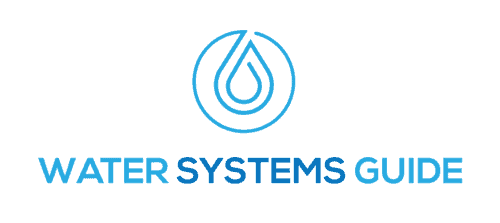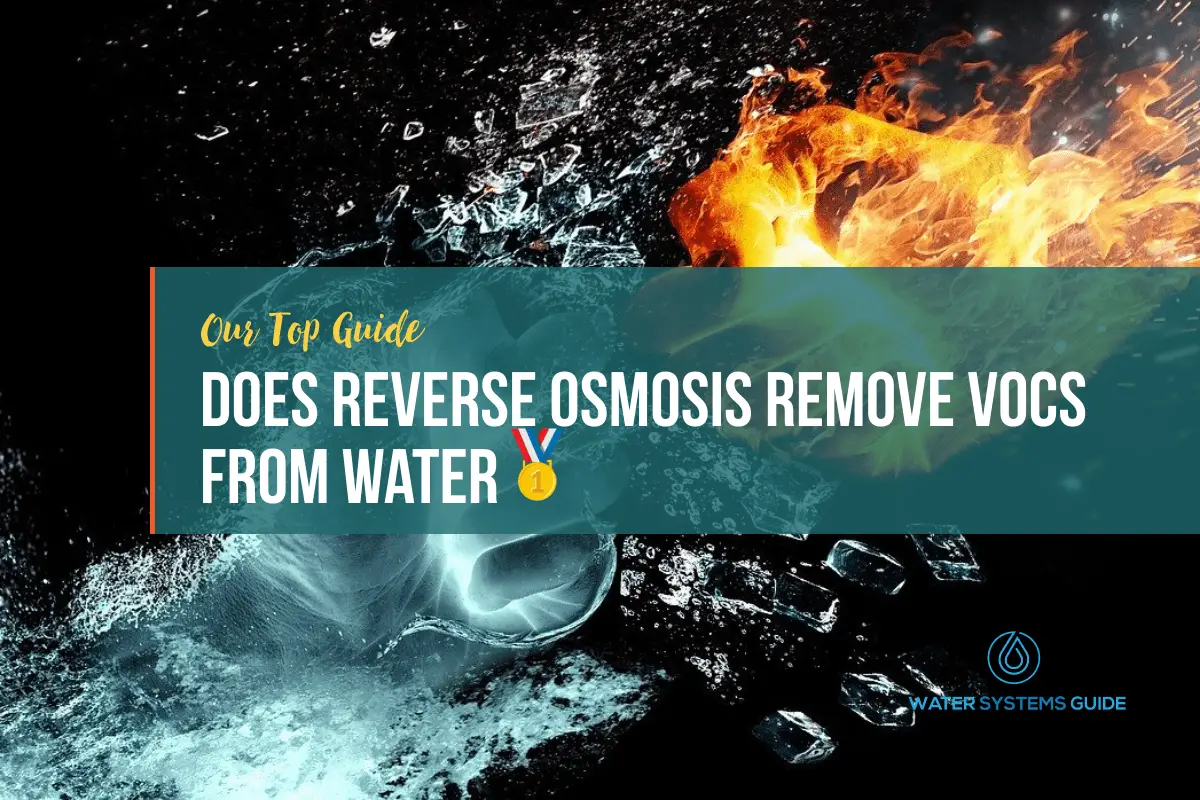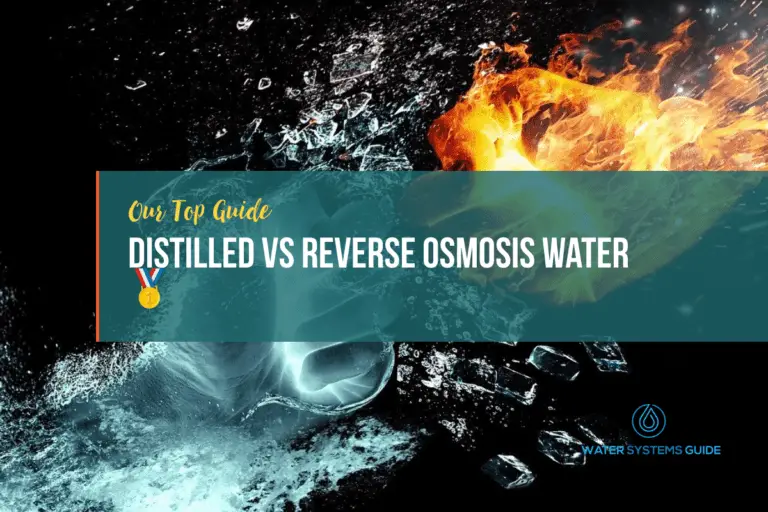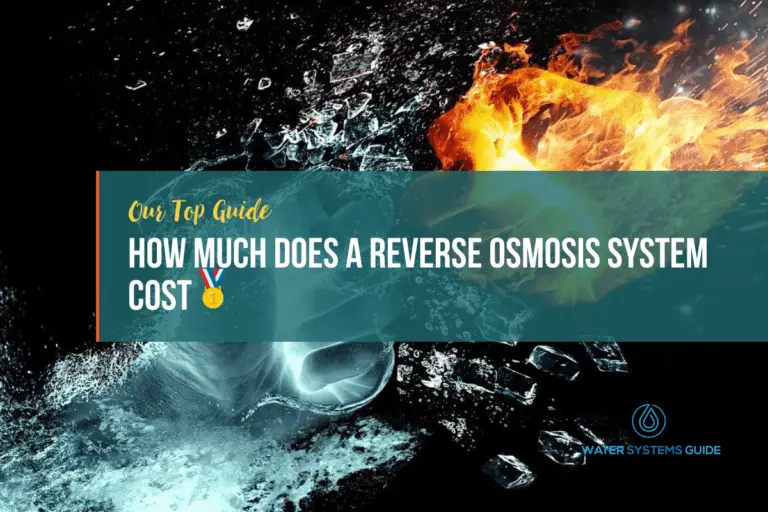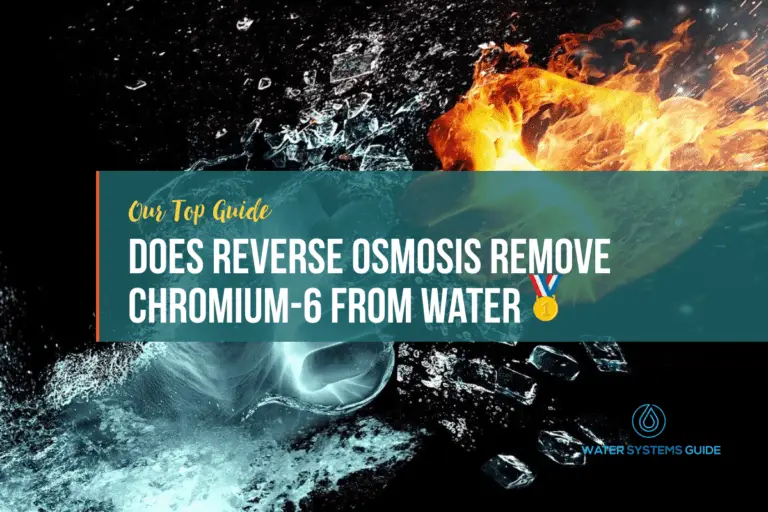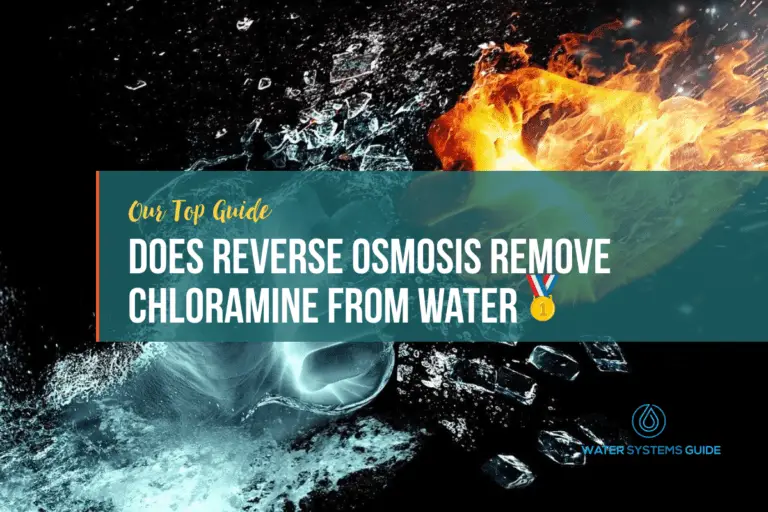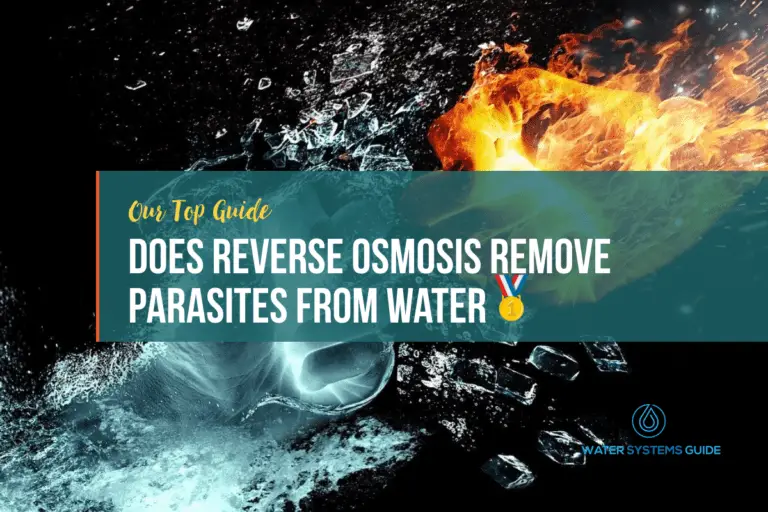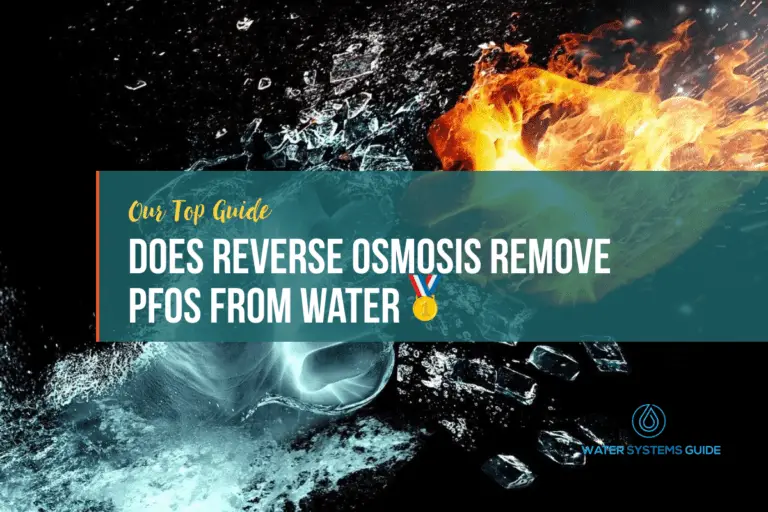Does Reverse Osmosis Remove VOCs From Drinking Water
How Does Reverse Osmosis Work?
What are VOCs and where are they found?
VOCs are volatile organic compounds that are found in a variety of products, including paints, cleaning products, and personal care products. They can also be released into the air from burning fuel and other activities.
VOCs can cause health problems, causing both short and long-term health effects, depending on the level of exposure.
In the short term, VOCs can cause eye, nose, and throat irritation, headaches, dizziness, and nausea. Long-term exposure to VOCs can cause damage to the liver, kidney, and central nervous system, and can also increase the risk of cancer.
With that being said, how exactly do VOCs get into the water supply?
How do volatile organic compounds get into a home’s water supply
Volatile organic compounds (VOCs) are chemicals that are released into the air as gases from certain solids or liquids. VOCs can enter your home’s water supply through a variety of ways, including:
- Soil erosion
- Septic tank leaching
- Landfills
- Wastewater treatment plants
- Factories and other industrial facilities
VOCs can also be present in household cleaning products, paint strippers, and pesticides. When these products are used indoors, VOCs can enter your home’s air and eventually end up in your water supply.
The health implications of long-term VOCs exposure are not great, as we’ll discuss in the next section. Therefore, it’s important to have your water tested regularly for chemicals, at the POE (Point-of-entry) and POU (Point-of-use), and to take steps to ensure that your water supply is free of them.
The Impact Of VOCs on Human Health
VOCs can have a range of effects on human health, depending on the type and amount of exposure. Short-term exposure to high levels of VOCs can cause eye, nose, and throat irritation, headaches, dizziness, nausea, and skin rash. Long-term exposure to VOCs has been linked to cancer, liver damage, and kidney damage.
Some VOCs — including benzene, PCE and TCE — can increase your risk for cancer if swallowed, or breathed in large amounts over a long period of time. At very high levels, they can cause damage to the nervous and immune systems and to the kidneys and liver. Children are especially vulnerable because of their smaller size and developing brains and bodies.
Therefore, it’s crucial to ensure that if your water is contaminated, you have a water filtration system in place to remove these harmful substances.
Does Reverse Osmosis Remove Volatile Organic Compounds (VOCs) From Water?
Reverse osmosis is a water purification process that uses pressure to force water molecules through a semipermeable membrane. This process can remove a variety of contaminants from water, including VOCs. Reverse osmosis can remove VOCs from water, making it safer to drink.
However, it is important to note that no single treatment technology is perfect, and no RO system is built equally, as there are multiple variables including system build quality, number of filter stages, quality of filters, etc.
What Else Does Reverse Osmosis Remove?
Alternative Ways To Remove VOCs From Water?
According to the Environment Public Health, “the most common types of filtration used are activated carbon filter systems. These can be installed at the faucet (point-of-use systems), or where water enters your home (point-of-entry systems). Point-of-entry systems provide a safe water supply for all household uses, including bathing and laundry”.
Whether you choose to use an activated carbon filter system or RO system it’s important to confirm with the manufacturer that it does indeed filter out VOCs.
How Do I Know If My Water Is Contaminated With VOCs?
There are a few ways to test for the presence of VOCs such as Benzene, Dichloromethane or Trichloroethylene in your water. The most common method is to have your water tested by a certified lab.
If you suspect that your water may be contaminated with VOCs chemicals, contact your local water utility or health department for more information.
Conclusion
In conclusion, does reverse osmosis remove VOCs? Yes, it does, alongside a few of the other methods described above. However, no method of water filtration is perfect.
